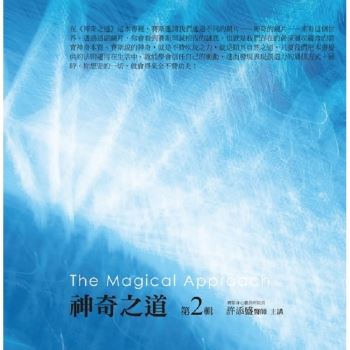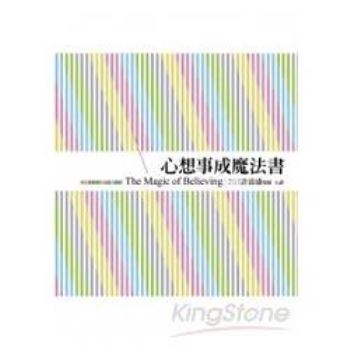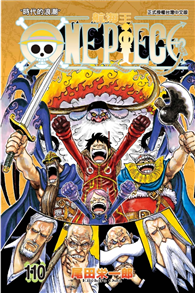From the beginning, the Congo was destined to practice free trade. In fact, although it was never closed to foreign trade, it was quickly transformed into an economy of gathering under a monopoly regime (1885-1908), organized around the products of the slave trade (rubber, ivory, etc.), before later "progressing" to an economy of exploitation proper (1908-1960), based on the mining industry (copper, diamonds, cobalt, uranium, etc.) and export agriculture (cotton, oilseeds, etc.). The entanglement between the state and capital was, during these two periods, one of the characteristic features of the Congolese economy. The ultimate aim of this arrangement was to divide the Congo into reserved economic areas and to ensure the preponderance of Belgian capital.
| FindBook |
有 1 項符合
I tell you about the history of the DRC economy的圖書 |
 |
I tell you about the history of the DRC economy 作者:Gutangiza 出版社:Our Knowledge Publishing 出版日期:2022-11-27 語言:英文 規格:平裝 / 92頁 / 22.86 x 15.24 x 0.56 cm / 普通級/ 初版 |
| 圖書館借閱 |
| 國家圖書館 | 全國圖書書目資訊網 | 國立公共資訊圖書館 | 電子書服務平台 | MetaCat 跨館整合查詢 |
| 臺北市立圖書館 | 新北市立圖書館 | 基隆市公共圖書館 | 桃園市立圖書館 | 新竹縣公共圖書館 |
| 苗栗縣立圖書館 | 臺中市立圖書館 | 彰化縣公共圖書館 | 南投縣文化局 | 雲林縣公共圖書館 |
| 嘉義縣圖書館 | 臺南市立圖書館 | 高雄市立圖書館 | 屏東縣公共圖書館 | 宜蘭縣公共圖書館 |
| 花蓮縣文化局 | 臺東縣文化處 |
|
|
圖書介紹 - 資料來源:博客來 評分:
圖書名稱:I tell you about the history of the DRC economy
|









